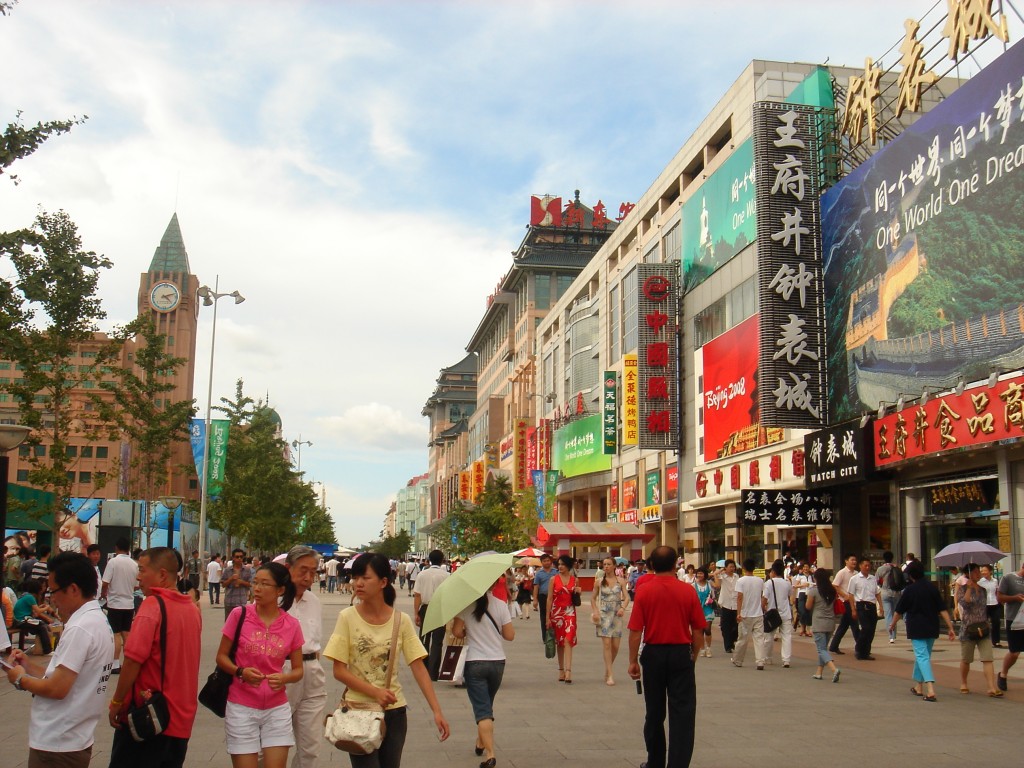
For every now, there is a then. China, of course, has many thens, but two are on my mind right now: the then of Mao’s Cultural Revolution, which might have outdone Stalin in its attempt to eradicate culture and replace it with ideology; and the then of the big melt, which began with Mao’s death in 1976 and gave birth to China’s rapid ascent to its current level of world power and influence.
Right now, the art of China seems everywhere. And it’s not just the ancient art of terra cotta soldiers and jade figurines. There’s a sense in the rest of the world that we have entered the Chinese Century, and if Beijing is the new Athens/Rome/London/New York, we’d better figure out what’s going on in the place.
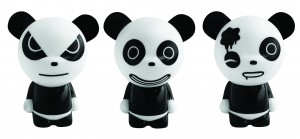 The Portland Art Museum, in a show assembled by London’s Victoria and Albert Museum, heralds the arrival of China Design Now. (“Now” is really then, but a recent then: The show was aimed to coincide with last year’s Beijing Olympics and to capture the wave of commercial and aesthetic design in the world’s most populous country, a wave that inevitably has since washed on.)
The Portland Art Museum, in a show assembled by London’s Victoria and Albert Museum, heralds the arrival of China Design Now. (“Now” is really then, but a recent then: The show was aimed to coincide with last year’s Beijing Olympics and to capture the wave of commercial and aesthetic design in the world’s most populous country, a wave that inevitably has since washed on.)
In New York, Carnegie Hall is hosting a Chinese cultural festival it calls Ancient Paths, Modern Voices. Chinese composers and musicians have become stars of the international scene, and several are part of the Carnegie’s extended party. Tan Dun conducts his Violin concerto The Love on Monday night at Alice Tully Hall, with soloist Cho-Liang Lin. On Nov. 4 at Carnegie, the St. Louis Symphony performs Bright Sheng‘s Colors of Crimson and Tan Dun’s Water Concerto. This weekend’s headliners are Shen Wei Dance Arts, who will be in Portland Nov. 11 as part of the White Bird season. New York’s 21-day festival concludes Nov. 10 with pianist Lang Lang and the Shanghai Symphony Orchestra.
This “now,” this flowering of Chinese cultural achievement, is an outgrowth of the restrictions of the Cultural Revolution and the intellectual relaxation of control that followed Mao’s death. A few months ago David Barboza recalled in the New York Times violinist Isaac Stern‘s 1979 visit to China, a celebrated journey that resulted in the documentary film From Mao to Mozart: Isaac Stern in China.
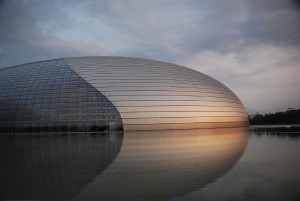 I remember that film well — the extreme, almost ecstatic enthusiasm of China’s musicians; Stern’s encouragement and good will; his sense that the older students and musicians he encountered — the ones who’d spent years being “reeducated” in peasant labor and cut off from contact with Western music — seemed technically correct but lacking passion in their playing.
I remember that film well — the extreme, almost ecstatic enthusiasm of China’s musicians; Stern’s encouragement and good will; his sense that the older students and musicians he encountered — the ones who’d spent years being “reeducated” in peasant labor and cut off from contact with Western music — seemed technically correct but lacking passion in their playing.
Mao and his functionaries had virtually outlawed anything but traditional Chinese music, forcing musicians (and all sorts of other people) into what amounted to slave labor. Times were tough, and Barboza’s story in the Times quotes one older musician saying that the psychological brutalization during the Cultural Revolution was so harsh that 17 instructors at the Shanghai Conservatory of Music committed suicide.
So it was fascinating, at Friday night’s audience talkback following Third Angle New Music Ensemble‘s superb concert China Music Now at the art museum, to hear composer Ye Xiaogang‘s reply to a question about what effect the Cultural Revolution had had on him and other musicians who went through it.
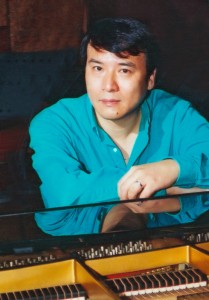 Yes, times were hard, Ye replied. Many bad things happened. In essence, it was, and now it’s not. You don’t whine, and you don’t talk about it much. If someone does, he said, the tendency is to reply, “You had it tough. So what? Everybody did.”
Yes, times were hard, Ye replied. Many bad things happened. In essence, it was, and now it’s not. You don’t whine, and you don’t talk about it much. If someone does, he said, the tendency is to reply, “You had it tough. So what? Everybody did.”
In other words: Move on. Today’s now is tomorrow’s then. Make the most of the future.
Ye is a big player in China — his piano concerto Starry Sky, which was premiered by Lang Lang in the opening ceremonies of the Beijing Olympics, had a worldwide television audience of about 3 billion people — but his response to the trauma of the Cultural Revolution was reminiscent of the way so many American soldiers refused to talk much afterwards about their experiences in World War II. It happened, it was bad, move on. Is that tough pragmatism woven into the texture of contemporary Chinese art and music?
I’m not sure. But it’s telling that so many of today’s leading Chinese composers and instrumentalists work in both Western and Chinese idioms, as if entering the future also means entering the world at large. After graduating from China’s Central Music Conservatory (and, before that, spending six years of enforced labor in a factory) Ye attended the Eastman School of Music in Rochester. He spends most of his time in Beijing and some in Pennsylvania.
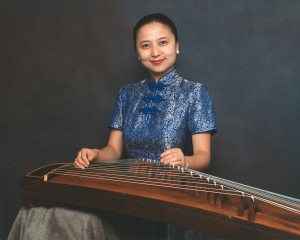 Haiqiong Deng, the wonderful zheng player — the zheng is an ancient plucked instrument, something like a zither and something like a harp, with extraordinary capabilities for bending and quartering tones — is from a younger generation, having made her professional debut in Beijing in 1997. She now tours extensively (she flew to Boston early Saturday morning for a concert in Maine) and teaches at Florida State University, where she leads the school’s Chinese Music Ensemble. She was last back in China, she said, in 2005.
Haiqiong Deng, the wonderful zheng player — the zheng is an ancient plucked instrument, something like a zither and something like a harp, with extraordinary capabilities for bending and quartering tones — is from a younger generation, having made her professional debut in Beijing in 1997. She now tours extensively (she flew to Boston early Saturday morning for a concert in Maine) and teaches at Florida State University, where she leads the school’s Chinese Music Ensemble. She was last back in China, she said, in 2005.
Rudyard Kipling, it seems, was wrong. East may be East and West may be West, but they meet and mix constantly — and out of that mixing come some fascinating artistic and musical hybrids, to say nothing of significantly and inextricably interlinked financial and industrial partnerships.
The musical stiffness that Stern remarked on in 1979 is very much a “then,” too. Chinese musicians comprehend the heart of Western music, and they obviously perform it superbly. And as the Third Angle concerts revealed, fascinating things happen on the borderlands where eastern and western traditions meet. The program’s three composers — Ye, Chen Yi, Jia Daqun (Haiqiong Deng also performed a traditional zheng solo, River Frolic in the Wintry Water) — are part of a forward-thinking movement to create a contemporary Chinese music that draws on elements of both East and West.
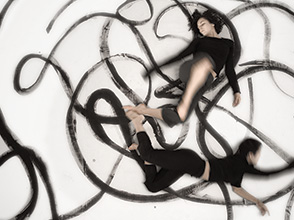 What I heard Friday night was excitingly percussive, energetic, hard-charging, with a rhythmic complexity that was invigorating and sometimes witty: It often reminded me in a way of a contemporary Asian analog to Bartok. It was fully contemporary but also built on traditional Chinese themes, and it eagerly adapted to Western instruments. I loved its quizzicality — the way it fractured time, sometimes ripping long holes in it before starting up again; and the way that pieces often ended with a light question mark. I don’t want to overthink this thing, but the propulsion made me think of the new China’s great economic leaps forward, and the stutters and interrogatives made me think of the artist’s inevitable role as questioner of the mainstream cultural express.
What I heard Friday night was excitingly percussive, energetic, hard-charging, with a rhythmic complexity that was invigorating and sometimes witty: It often reminded me in a way of a contemporary Asian analog to Bartok. It was fully contemporary but also built on traditional Chinese themes, and it eagerly adapted to Western instruments. I loved its quizzicality — the way it fractured time, sometimes ripping long holes in it before starting up again; and the way that pieces often ended with a light question mark. I don’t want to overthink this thing, but the propulsion made me think of the new China’s great economic leaps forward, and the stutters and interrogatives made me think of the artist’s inevitable role as questioner of the mainstream cultural express.
In whatever cultural language you speak, this music is adventurous. Ye told the story of how he started playing piano at age 4 and dreamed of being a concert pianist. But his mother told him if he became a pianist he would play other people’s music. If he became a composer, other people would play his music. And so it’s been.
I’m bound to mention here that, as many regular readers know, my Scattering and domestic partner, Laura Grimes, is Third Angle’s managing director. Smart woman to hook up with such a talented group. The China Music Now lineup included percussionists Jeffrey Peyton, Niel DePonte and Brian Gardiner; cellist Hamilton Cheifetz; flutist GeorgeAnne Ries; violinists Ron Blessinger and Daniel Feng (a native of China who plays with the Oregon Symphony); bassist Jason Schooler; zheng player Haiqiong Deng; clarinetist Todd Kuhns; and pianist Susan Smith, who brilliantly reminded us that the piano is a percussion instrument. This wasn’t just China music now. It was Portland music now, too.
Blessinger, Third Angle’s artistic director, pointed out one remarkable aspect of China’s now and then. Chinese contemporary music, he said, is only a little more than 20 years old. American contemporary music goes back a century, to the time of Charles Ives. Just think where China’s now might be in another 50 years.
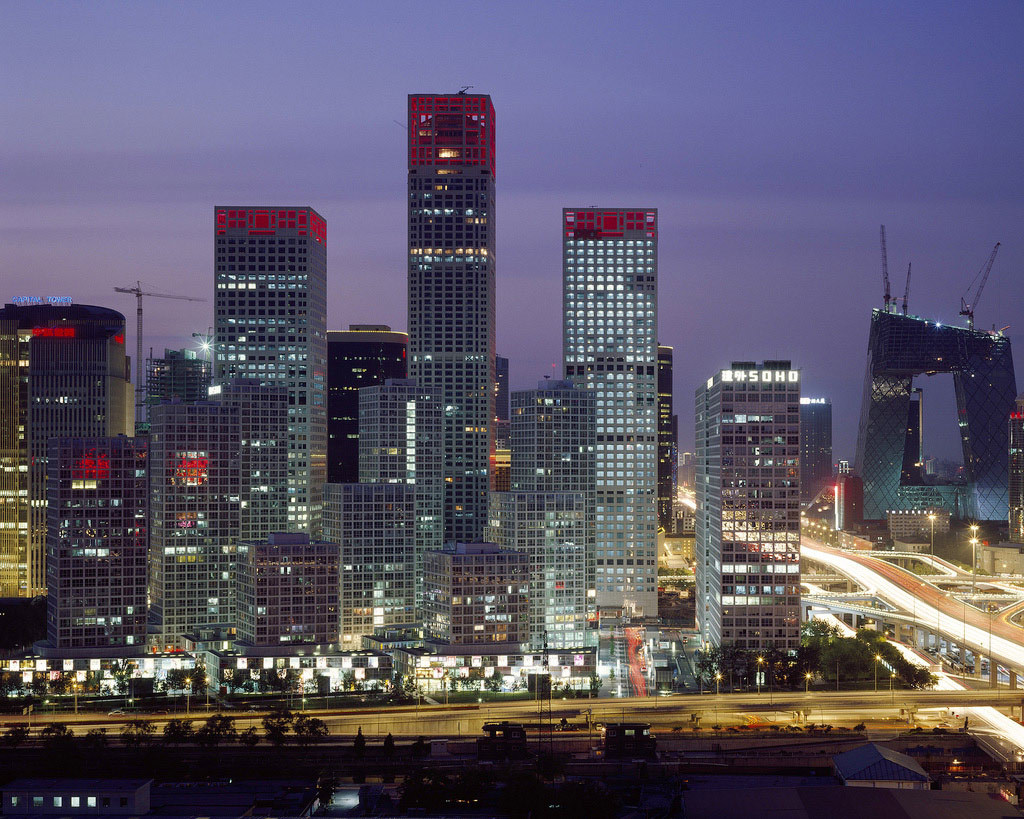
PHOTOS, from top:
- Wanfujing Street, Beijing: 100,000 visitors a day. Nggsc/Wikimedia Commons
- Ji Ji, Hi Panda, copyright 2006, Pole Design. From “China Design Now,” Portland Art Museum.
- Beijing’s ultramodern “Egg,” the National Centre for the Performing Arts. Vera & Jean-Christophe/Wikimedia Commons
- Chinese composer Ye Xiaogang, who had four works performed by Third Angle
- Zheng virtuoso Haiqiong Deng, guest artist with Third Angle
- Shen Wei Dance Arts: from China to New York to Portland
- Beijing on the rise: It’s getting bigger all the time. Wikimedia Commons